Introduction To Ship Load Lines
If we try to define Load Line in the simplest fashion, it will be as follows:
“Load line is a special marking positioned amidships which depicts the draft of the vessel and the maximum permitted limit in distinct types of waters to which the ship can be loaded.” When the load line is drawn over the output characteristic curve in a graph, it makes contact at a point known as the operating point/ quiescent point or Q-point.
As a result of the numerous maritime accidents that have happened at sea due to the overloading of vessels, the significance of having a standard maximum limit for ships was identified long before. However, it took many years to have an International agreement for the universal application of Load lines.
It was in 1930 when the first International Load Line Convention took place, after which it was periodically amended until the latest one in 2003.
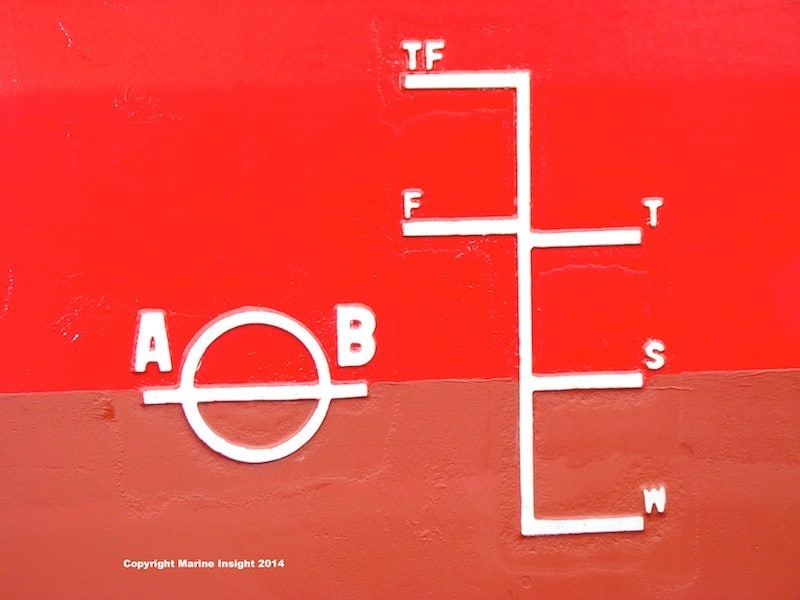
To make a complete comprehension of Load Lines, we must address the following questions:-
- What is the purpose of Load Line?
- Why is it necessary for ships to have Load Lines?
- What exactly is a Load Line?
- What is the marking on a Load line?
- What are the different types of Load Lines?
Purpose and Necessity of Load Lines
The Load Line concept emerged in Britain in the 1870s to prevent merchant ships from being overloaded. The fundamental purpose of a Load Line is to allow a maximum legal limit up to which a ship can be loaded by cargo. By prescribing such limits, the risk of having the vessel sailing with inadequate freeboard and buoyancy can be limited.
A vessel should have sufficient freeboard at all times. Any exceptions will result in insufficient stability and excessive stress on the ship’s hull. This is where load-lines play an essential role, detecting whether the vessel is overloaded and its freeboard tremendously effortless.
Lloyd’s Register has established a minimum freeboard requirement for its classed ships to ensure their good reserve buoyancy in heavy seas.
However, since the buoyancy and immersion of the vessel largely depend on the type of water and its density, it is not practical to define a standard freeboard limit for the ship at all times. For this reason, the load line convention has put regulations that divide the world into different geographical zones, each having a separate prescribed load line.
For example, A vessel sailing in Winter on North Atlantic Ocean will have a greater freeboard than on a voyage in Tropical Zones and Freshwaters.
Understanding Load Line Marks And Types
As we have already defined above, the Load Line is a special marking positioned amidships. All vessels of 24 meters and more are required to have this Load line marking at the centre position of the length of the summer load waterline.
- Standard Load Line marking – This applies to all types of vessels.
- Timber Load Line Markings – This applies to vessels carrying timber cargo.
These marks shall be punched on the hull’s surface, making it visible even if the paint on the side of the ship fades out. The marks shall again be painted white or yellow on a dark background/black on a light background. The complete Load line markings consist of 3 vital parts.
- Deck Line is a horizontal line measuring 300mm by 25mm. It passes through the upper surface of the freeboard.
- Load Line Disc is a 300mm diameter and 25mm thick round-shaped disc. A horizontal line intersects it. The upper edge of the horizontal line marks the ‘Summer saltwater line’, also known as the ‘Plimsol Line.
- Load Lines – Load lines are horizontal lines are extending forward and aft from a vertical line placed at a distance of 540mm from the centre of the disc. They measure 230mm by 23mm. The upper surfaces of the load lines indicate the maximum depths to which the ships may be submerged in different seasons and circumstances.
S – Summer:- It is the primary freeboard line at the same level as the Plimsoll Line. Other load lines are marked based on this Summer freeboard line.
T – Tropical:- It is 1/48th of the summer draft marked above the Summer load line.
W – Winter:- It is 1/48th of the summer draft marked below the Summer load line.
WNA – Winter North Atlantic:- It is marked 50mm below the Winter load line. It applies to voyages in North Atlantic ( above 36 degrees of latitude) during the winter months.
F – Fresh Water:- It is the summer freshwater load line. The distance between S and F is the Fresh Water Allowance (FWA).
TF – Tropical Fresh Water is the freshwater load line in Tropical. It is marked above the T at an amount equal to FWA.
Watch the video explaining the Plimsoll line on the ship
Timber Load Line Markings
Ships engaged in the timber deck cargo trade must have a unique set of Load lines known as the Timber Load Lines. Such vessels shall comply with the Code of Safe Practices for Ships Carrying Timber Deck Cargo in construction and other requirements obtaining greater reserve buoyancy and lesser summer freeboard.
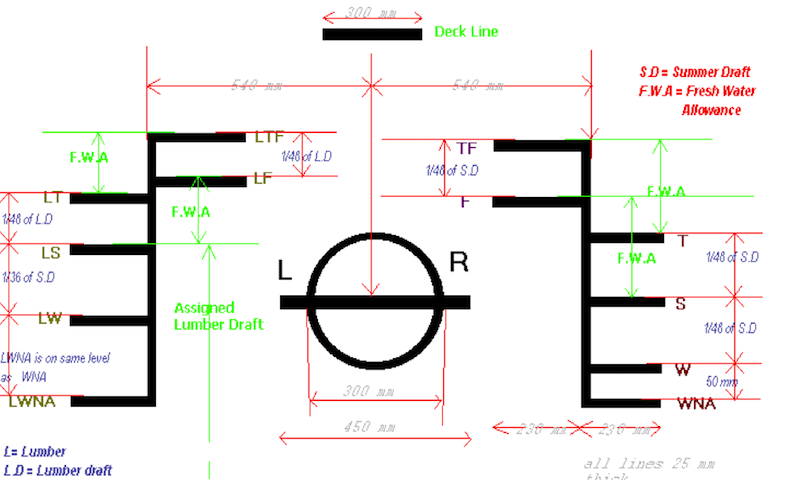
Timber cargo vessels will have a second set of Load Lines marked like the standard load lines positioned 540mm above the centre loading disc.
The timber load line’s letter marking is different and prefixed by ‘L’, meaning ‘Lumber’.
LS – Lumber Summer:- Its upper edge marks the summer saltwater timber loading. It is situated at a specified level above the Plimsol line.
LW – Lumber Winter:- It is 1/36th of the lumber summer draft below LS.
LT – Lumber Tropical:- It is 1/48th of the lumber summer draft above LS.
LWNA – Lumber Winter North Atlantic:- It is at the same level as WNA.
LF – Lumber Freshwater:- It is situated above the LS by an amount equal to FWA.
LTF – Lumber Tropical Fresh Water:- It is positioned above LT by an amount equal to FWA.
International Loadline Certification
Every ship surveyed and marked in accordance with the present Load line convention is issued an International Load Line Certificate by the authorised administration. The certificate will have a validity of not more than five years and will contain all vital information, including the assigned freeboard and freshwater allowance.
It is to be noted that, after completion of a load line survey and issuance of the certificate, no changes shall be made to the superstructure, markings, equipment or arrangements covered under the survey. If such changes need to be made, the survey’s authorised authority shall be contacted.
Over to you.
Please go ahead if you have more points to mention on ship load-lines. We would like to see them as comments!
Frequently Asked Questions
1. What is a load line in shipping?
Also known as the Plimsoll Line, the Load Line is a marking that indicates the extent to which the weight of a load may safely submerge a vessel, by way of a waterline limit.
2. Where is the purpose of a load line on a ship?
They are horizontal lines extending forward and aft from a vertical line situated at a distance of 540 mm from the centre of a disc. They measure 230 mm by 23 mm. The upper surface of these lines indicates the maximum depths to which vessels can be submerged in different situations and seasons.
3. What is a summer load line?
It is the waterline up to which a ship may be loaded in seas during summers when waves are lower and less harsh than in winters.
4. Where are load lines exactly located?
It is said that a commercial carrier is adequately loaded when its waterline is equal to the plimsoll line which is located on the hull of a ship.
5. How many types of load lines are there?
There are two types of load line markings. The standard load line marking is applicable to all vessels and the Timber load line markings are for ships carrying timber.
You might also like to read
- 15 Important Points To Consider While Preparing For Load Line Survey On Ships
- Loads Acting On Fore And Aft Regions Of Ships – Strengthening Against Dynamic Loading
- What Are Line Throwing Apparatus On Ships?
- Real Incident On Ship: Oil Cargo Spill From Tank Washing Line Drain Cock
- What is Plimsoll Line on Ships?
Do you have info to share with us ? Suggest a correction
Latest Marine Navigation Articles You Would Like:
Subscribe To Our Newsletters
By subscribing, you agree to our Privacy Policy and may receive occasional deal communications; you can unsubscribe anytime.



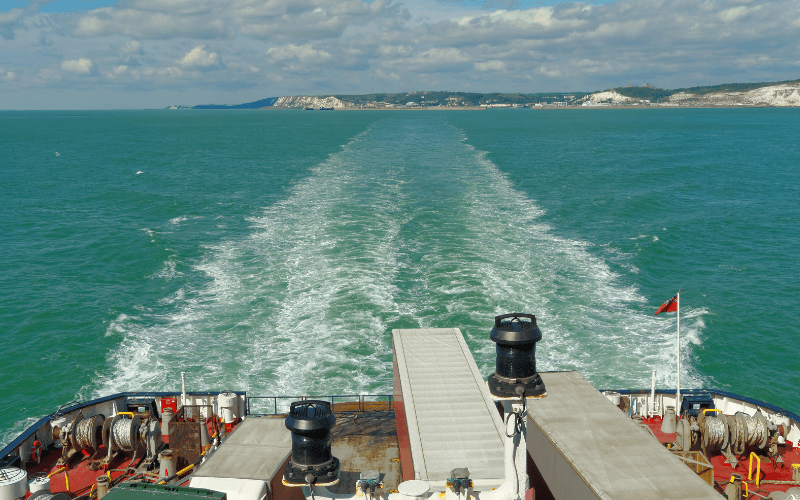
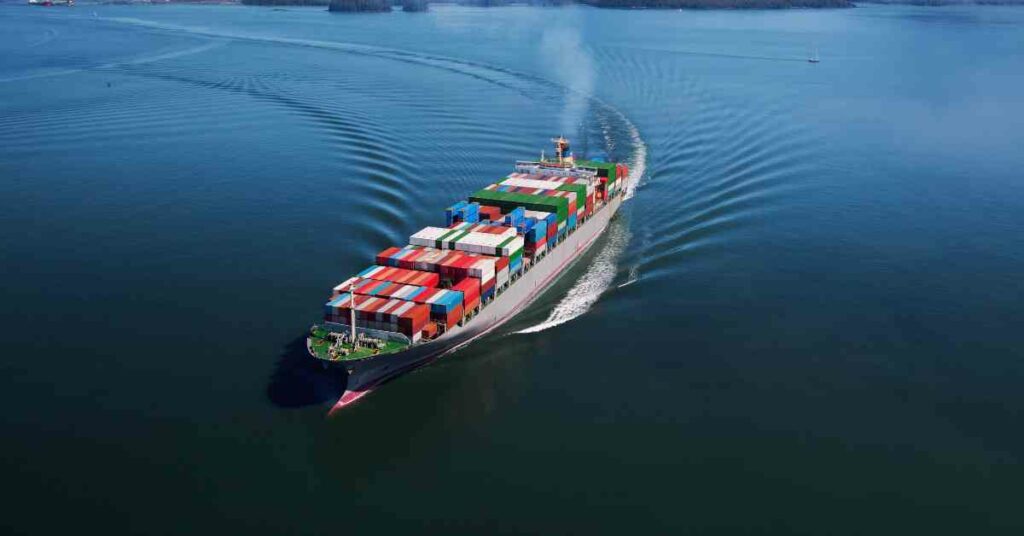
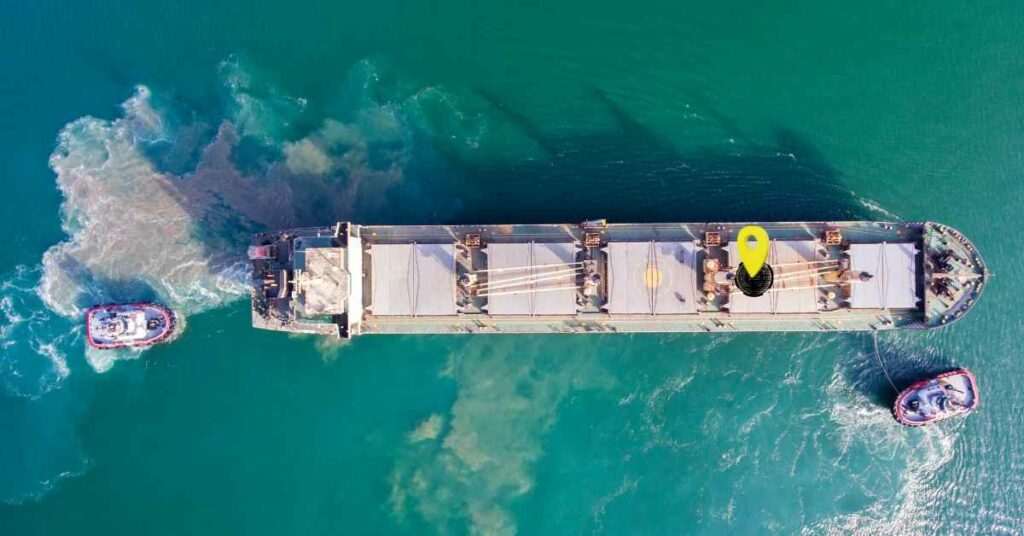
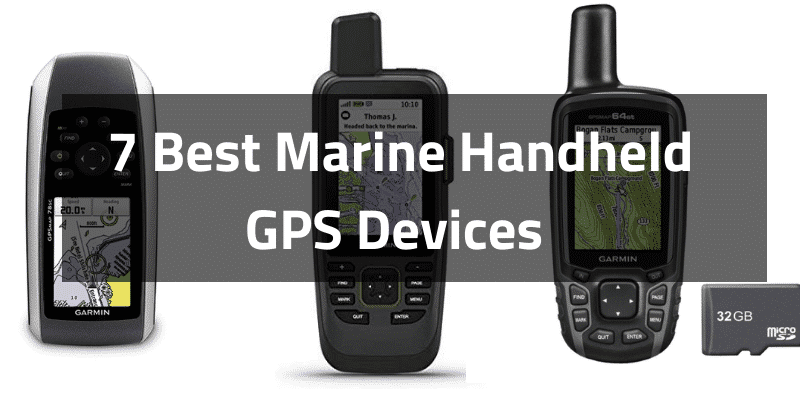
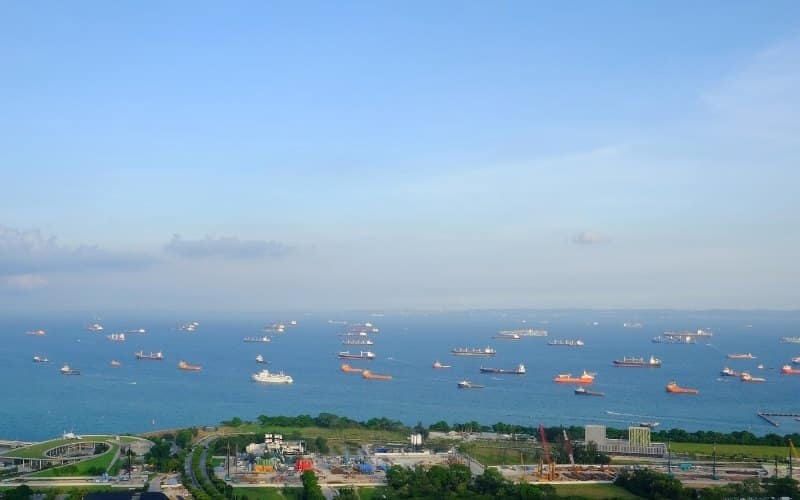
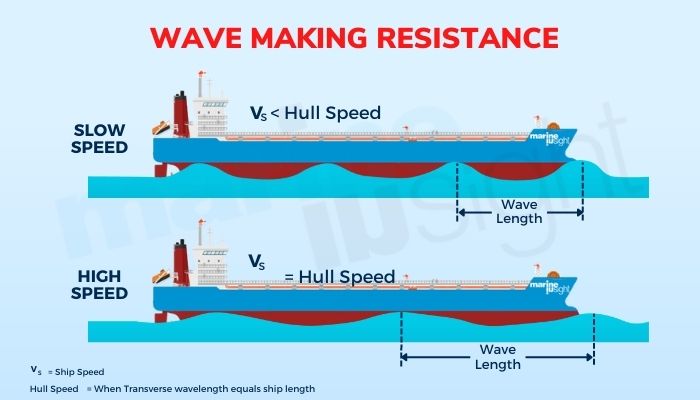

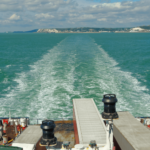
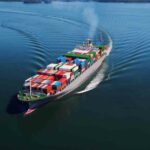
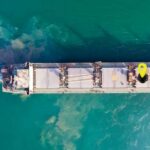
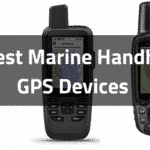
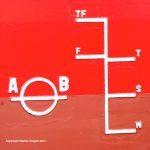
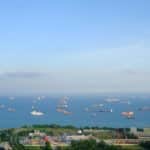
WHAT DOES THAT CIRCLE INDICATES IN THAT LOADLINES?
@ suamil Thanki:
The Circle in the loadline has two significance:
1. The circle with the line through it indicates whether or not the cargo is loaded evenly
2. In earlier days, the line in the circle was taken as a reference for maximum draught of the ship, which is now same as summer load line of the ship.
@ Saumil :
The circle is the load line disc and the letters on either of its side is simply the abbreviation of the classification society which has done the survey and issued the certificate. In the above image ‘AB’ is the abbreviation of ABS Classification Society.
Please read above the Load Line subtitle.
Well done fellow seaman. Bon voyage
@Sunil:
Please post all your queries in our forum- https://forums.marineinsight.com
LOAD LINES ALSO IMPLY WATERTIGHT OF HATCHCOVERS, HATCHES, PIPES, BLOWERS, ETC
Just to correct you,
1) Stress & stability problems do not result from overloading. You might be loaded above the required load line marks but still have good GM and stresses well within limits and you might be half way from load line marks and still have unacceptable stresses. The purpose of load lines is to ensure vessel has sufficient reserve buoyancy (and not stress and stability).
2) The load lines zones are not divided on the basis of type of water & density (as claimed in this post) but on the basis of weather conditions in that geographical area that warrants the ships to be loaded lower (which is Winter Loadline) or above (which is Tropical loadline) summer loadline. Fresh water marks are given to give the indication of loading in fresh water so that when the vessel arrives at sea, she is at her allowed loadline.
Considering the rank of the author, Well Done.
@ Capt Raj
Your inputs are well noted and the corrections are highly appreciated.
Nice
it’s answers my question..i help load/unload ships for seaboard/jacintiport, Houston…always wondered what the marks were for…
How many classification societies do we have?please name them.
If sea water density more or less remains same, then why ships draft reduces in winter north atlantic..ie how seasons causes draft changesss…
Classification Societies…
ABS – American Bureau of Shipping (USA) *Largest
BV – Bureau Veritas (France)
CCS – China Classification Society (China)
DNV – Det Norske Veritas (Norway)
GL – Germanischer Lloyd (Germany)
IRS – Indian Register of Shipping (India)
KRS – Korean Register of Shipping (Korea)
LR – Lloyd’s Register of Shipping (UK) *Oldest
NK – Nippon Kaiji Kyokai (Japan)
RINA – Registro Italiano Navale (Italy)
RS – Russian Maritime Register (Russia)
CRS – Croation Register of Shipping (Croatia)
.In determining load line zones , both weather and density factors are included or on weather ?
.In determining load line zones , both weather and density factors are included or only weather ?
What is the difference between standard loadline and timber loadline???
timber loadline is assigned for ship carrying timber cargo on deck and standard loadline is for any type of ship.
Why there are two loadline certificates issued and only one used at a time??
Gd day to all
Pls clear my doubt why tropical is 1/48 .
Thks
Best regards.
The first illustrating diagram hand an error in the thickness value it should be 25 mm not 23 mm. Plimsol was a real good blissed person he was a cause to save other seafarers life from sinking at heavy weather sea.
Why would some would like to have a multiple load line certificate?
Hi friend I am shashank junior Engg I want to know why load line given at mid ship only
In addition, The WNA applies only to vessels less than or equal to 100 meters in length. Thank you.
Any one can tell me the meaning of the following abreviation SEP in maritime methodology
Thanks a lot
what is the difference between plimsol mark and fresh water load line ?
please clear my doubt. if i load from winter seasonal zone what loadline shld. be follow the winter load line. or the summer load line ? is there any specific density for TF, F, T, S, W, WNA? What thats mean of 1/48 from summer to tropical / and winter?
Hi jack says,
If you load cargo in winter seasonal zone, you have to load just to winter load line. This means your appropriate load line must be always above the water level in all seasonal zones throughout your voyage, thanks
What is minium summer load line
Eddie, that differs per ship
Vare nays
Hi,
please clear my doubt,
If vsl load in the tropical seasonal zone and discharge in the winter zone which load line need to use in the loading port.
why load line marking has standard dimension ?
on what criteria the loadline is detrmine for a particular vessel
A LOAD LINE CONDITIONS OF ASSIGNMENT SURVEY will be performed by the surveyor with following important criteria:
Freeboard, Stability, Ship type, deck openings, watertightness arrangement etc.
why this figure 1/48 cmae,why not any other figure?
can you explain three conditions of load line law that would prevent a vessel proceeding to sea
Is there any derivation for 1/48….or just a rough number for density correction?
Hi dears
Could you help me to find stability of Mr.Lester with solution way ?
can you explain how the draft marks 2, 4, 6….are read??? say suppose the waterline is just touching 2 then should we consider it as 2m or the 2 should be completely immersed to take as 2m
@Vamsi: 2 should be immersed to take the reading as 2.
please clear my doubt,
If vsl load in the tropical seasonal zone and discharge in the summer zone which load line need to use in the loading port.
do winter loadline apply in australia
Hay Point is in the Tropical Load Line Zone. The area outside the Great Barrier Reef is in the South Pacific Seasonal Tropical Zone.
Tropical: From 1 April to 30 November;
Summer: From 1 December to 31 March.
How does a ship superintendent relate their job scope to load lines regulations during site duties?
Why do some cargo ships have more than one set of load lines marked, i. e. multiple load line.
@Hai: Multiple load lines are used when, for a period of time, a FG cargo ship has a need to operate temporarily with a greater freeboard than the minimum freeboard stipulated in accordance with the International Convention on Load Lines. IN Many ports, the port dues are calculated as per the deadweight of the ship and some ports have a restriction on maximum deadweight of the ship. with multiple ladling, the owners can reduce or increase the deadweight according to their requirement.
please help me this ques come on mca writen exam i couldn’t fiend the ans
**explain the importance of EACH of the following with reference to the purpose of the load line survey.
1.bilge system
2.ballast system
Sir pls clear my doubt on these question when we can add 0.025 either water lineabove or below summer draft and wats the difference betwwen intial and present draft
How you calculate the height of loadline location?
Purpose of the disc in load line
@Capt. Madhu incorrect, the 2 should be on the waterline to take the reading as 2M
Can I load the vessel and exceed summer draft when I am in summer Zone. In example, my mean draft , amidship is 16,5, summer draft16,9, aft 17,1 fwd 16,1. In this scenario i have exceeded summer draft the stern, but at the plimsol mark, midhsip is not exceeded. Correct If I am wrong, but to fulfill the requirements the mean draft must not exceed the summer draft ?
How to check if the loadline is ad per the certificate? Procedure please ….
Which load line you use in the month of July ( you are proceeding from IRAN to WEST coast of INDIA)
Why vessel less than 100 m are assigned to wna load line wile trading in winter in atlntic area
@Radek As per the LL convention, the ship cannot be submerged at the appropriate load line, in still water, at a density of 1.025kg/l. It is legal to load the ship to the load line and have stern trim.
@anscar Whatever zone the ship is sailing in is the loadline that the ship cannot exceed. You can exceed the summer draft in a tropical zone, consume fresh water and fuel oil to reduce the draft before you get to the summer zone.
Sir, please clear my doubt. Why timber Loadline is higher than the standard Loadline?
Which nautical publication will you find the load line zoning chart?
Hello, may I ask permission to use an image from this article. It is the image of the load line near the top of this page with credit Marine Insight. I would like to use this image in a children’s educational book called Extreme Science: Forces in a section explaining how ships float. It would be used very small, thumbnail-sized on an inside page.
Many thanks
@Rob: You can use the image, provided; due credits are given to the website.
Difference between star board load line and Port load line marking
Please what is all seasons load line, and how will implement it.
@Abdel Naseer: In the case of a ship being assigned a freeboard greater than minimum so that the load line mark is marked at a position corresponding to or lower than the lowest seasonal load, and line assigned at a minimum freeboard is in accordance with the calculation procedure, only the Fresh Water Load Line needs to be marked. Such load lines are termed “All Seasons Load Lines” and are illustrated in the photo.
I was reading the Wiki article on this subject, and the first image there has a Plimsoll line marked with a “C.” What does that mean. You can see it here: https://commons.wikimedia.org/wiki/File:733_how-deep.jpg
@Spencer hello. i have got two question about this all season load line
Q1,If only Fresh Water Load Line need be marked, ships navigate in Tropical Fresh Water Area will bear a loss of freeboard by d/48. Are there any details can support to explain the reason of this amendment.
Q2:Does the “lowest seasonal load line” includes the Winter Load Line?
Which ships need not to have a WNA mark?
Why load line is on both side of ship ?
Having the load line on both sides of the ship ensures that the ship’s draft can be easily and accurately determined from either side, regardless of the ship’s orientation or the position of the observer or stationing of the ship in port.
Additionally, the load lines are also painted on both sides of the ship to meet the international maritime regulations, which requires ships to be marked with load lines in order to ensure that they are operated safely and to prevent overloading.
Having the load line on both sides of the ship ensures that the ship’s draft can be easily and accurately determined from either side, regardless of the ship’s orientation or the position of the observer or stationing of the ship in port.
Additionally, the load lines are also painted on both sides of the ship to meet international maritime regulations, which require ships to be marked with load lines in order to ensure that they are operated safely and to prevent overloading.